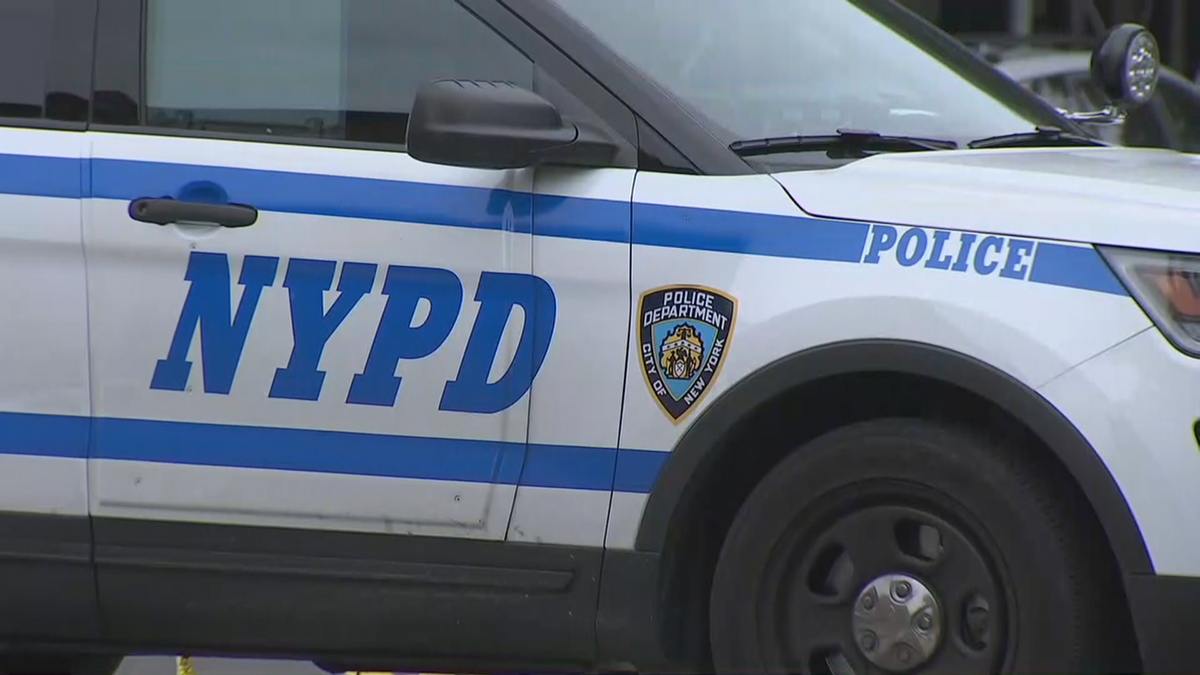Emergency workers sifted through debris Saturday from the site of a deadly explosion at two East Harlem apartment buildings as they worked to reach deeper into the basement levels to clear the way for investigators to search for clues that might reveal what caused the blast.
Fire Commissioner Salvatore Cassano said rescue workers reached the rear of the basement Saturday but said that investigation of the piping and meters in the front of the basement that will help explain what caused the blast that killed eight people will likely start on Sunday.
Arson detectives and fire marshals have been waiting to enter the basements to examine meters, check pipes and inspect any possible ignition sources, such as light switches, that might have caused the blast.
The theory that the explosion was due to a gas leak gained momentum Friday after the NTSB, which investigates pipeline accidents, said underground tests conducted in the hours after the explosion registered high concentrations of natural gas. The NTSB will conduct its own inquiry after police and fire officials determine what might have caused the blast.
Cassano said about 15 percent of the debris was left on the site late Saturday afternoon.
An uplifting moment from the painstaking recovery effort came as crews pulled a large water-damaged Bible from the rubble of the Spanish Christian Church, which was located in one of the two destroyed buildings. About two dozen people, including clergy members, carried the Bible in a solemn procession near the East Harlem site.
"This was in the depths of the rubble. Somehow God protected it," said Rick del Rio, a bishop at the Church of God.
The church's pastor, Thomas Perez, suffered heart palpitations when he saw the Bible, said Letitia James, the city's public advocate. He was taken by ambulance to a hospital as a precaution, supporters said.
Cassano said Perez was overwhelmed with emotion.
"It was singed but it meant an awful lot to the pastor," he said. "It showed the pastor that they'll be rebuilding."
Truckloads of scattered material will be sifted for any traces of human remains that might not have been found at the site, Cassano said. Although the bodies of all eight people reported missing after Wednesday's blast have been recovered, the rescue operation was continuing in case others may be buried beneath the rubble, he said.
More than 60 people were injured in the explosion, and more than 100 others were displaced.
The name of the eighth person recovered, a woman, hasn't been released.
After touring a Red Cross shelter where some of the displaced residents have been placed temporarily, Mayor Bill de Blasio pledged his support to find suitable temporary or long-term housing options for those displaced.
Local
"It's our obligation as the city of New York, and I know all New Yorkers feel this way, to stand by them," he said.
Investigators were trying to determine whether the explosion had anything to do with the city's aging gas and water mains, some of which were installed in the 1800s. More than 30,000 miles of decades-old, decaying cast-iron pipe still are being used to deliver gas nationwide, according to U.S. Transportation Department estimates.
Fire and utility officials said that if the buildings were plagued in recent days or weeks by strong gas odors, as some tenants contend, they have no evidence anyone reported it before Wednesday. An Associated Press analysis of the city's 311 calls database from Jan. 1, 2013, through Tuesday also found no calls from the buildings about gas.
The blast erupted about 15 minutes after someone from a neighboring building reported smelling gas, authorities said. Con Edison said it immediately sent workers to check out the report, but they got there too late.



